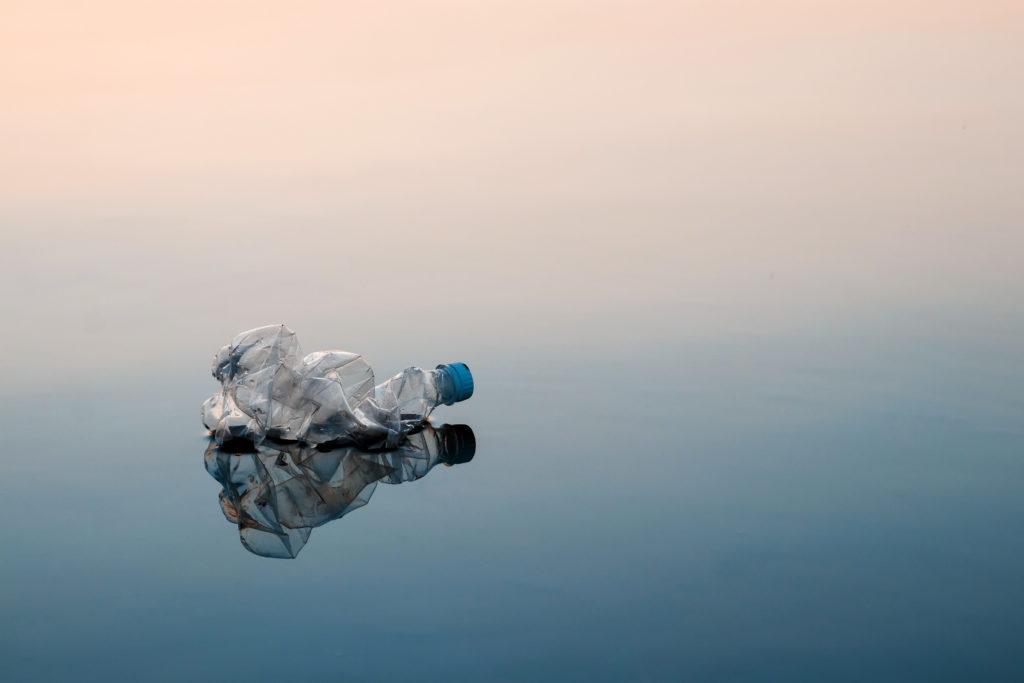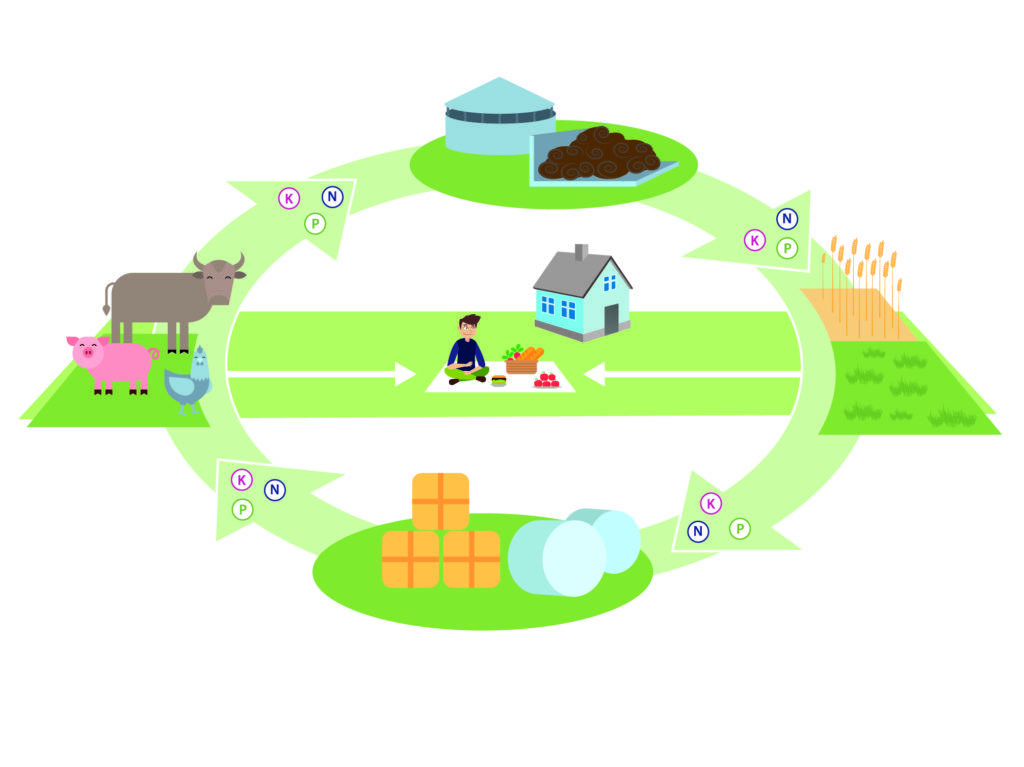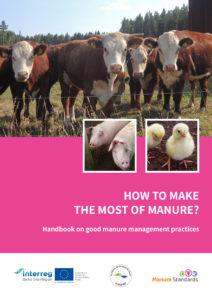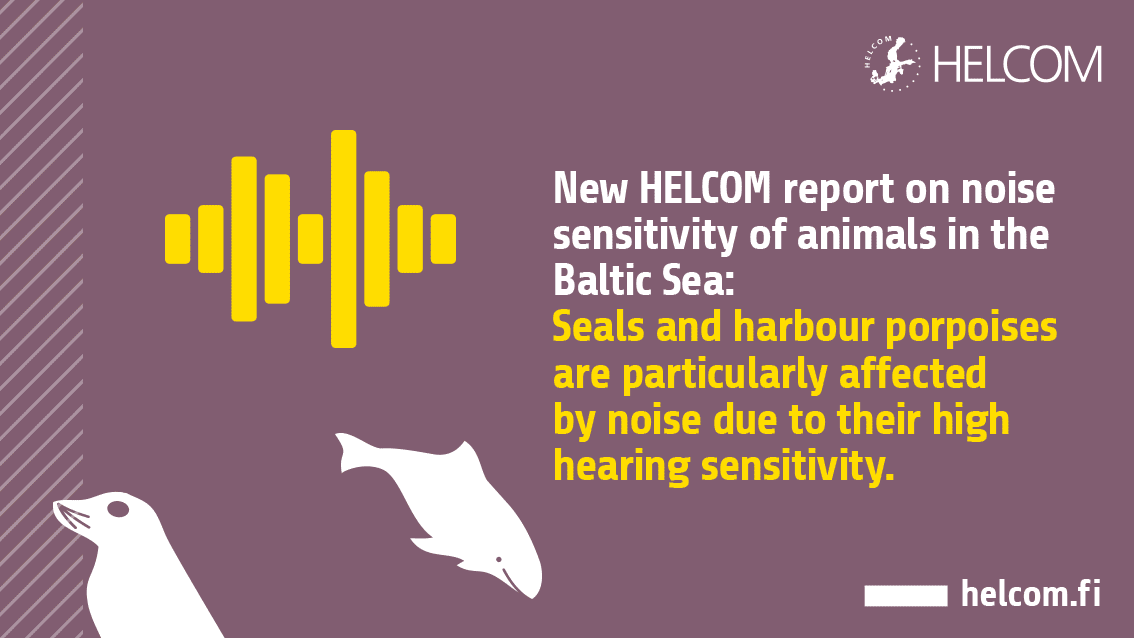
With the recent publication of the Review of existing policies and research related to microplastics under the FanpLESStic-sea project, policy-makers and researches in the Baltic Sea region dealing with microplastics now have a common baseline to support their work.
“I was surprised by the large amount of existing research and projects in the Baltic Sea,” said Aaron Vuola, the HELCOM project coordinator in FanpLESStic-sea who led the publication, adding that it shows how pressing the issue of microplastics is in the region.
The review, for which a summary for policy makers is also available, establishes a comprehensive baseline on the existing policies related to microplastics on global, Baltic Sea, EU, and national levels. The report also showcases some of the existing research on microplastics at these various levels.
“This review confirms the need for harmonized monitoring methods if we want to be able to compare studies between regions and different matrices, or establish baselines for current microplastic levels,” said Vuola.
According to the report, the lack of commonly agreed methodologies for monitoring, sampling and analyses of microplastics is a major concern and calls for urgent need for harmonized, cost-efficient, and sufficiently robust monitoring methodologies for microplastics.
Currently, microplastics are not directly addressed through any global instrument even though several existing instruments cover some aspects related to marine litter and hence microplastics. However, the European Union is working towards restricting the use of intentionally added microplastic particles to consumer or professional use products.
On the Baltic Sea level, actions on microplastics are contained in the HELCOM Action Plan on Marine Litter.
Also highlighted by the report are the impacts of microplastics on humans through food chain or other means, still largely unknown and calling for more research.
“There is already lot of evidence of the negative impacts of microplastics to support the need for global, EU and national level regulation, but we also have to reduce the plastic use in general and address the problematic products in earlier phase of their life-cycle before they become marine litter and microplastics,” said Vuola.
In addition to providing an overview of the regulatory framework and useful information on topics such as sources and types of microplastics, the report can be used as a database for large amount of concluded research on various topics around the issue of microplastics.
FanpLESStic-sea, an EU-funded Interreg project, works towards preventing and decreasing the pollution of microplastics in water in the Baltic Sea. In the project, HELCOM leads the work package on reviewing existing research on microplastic in the aquatic environment.






